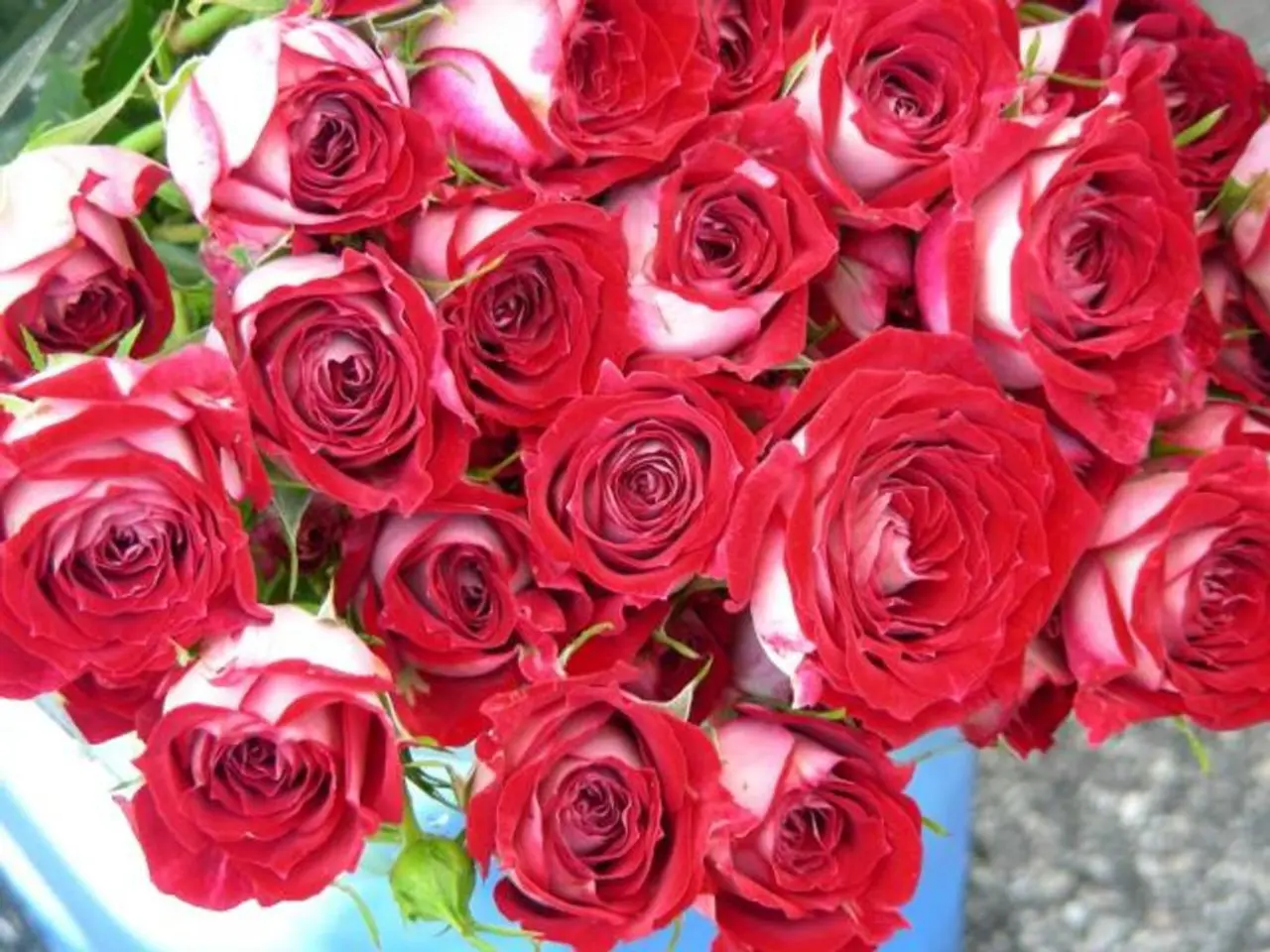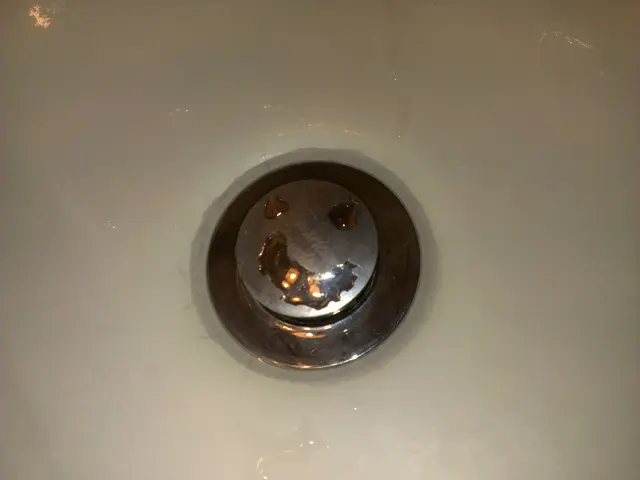Tips for Timing and Techniques in Rose Pruning for Vibrant Flower Display
In the world of rose gardening, the choice between hand tools and power tools can significantly impact the health and blooming potential of your roses. When it comes to pruning, using hand tools like bypass pruning shears is far more effective and beneficial than relying on a hedge trimmer.
Hand pruning, with its precise and clean cuts, promotes healthy growth and reduces the risk of damage. By using bypass shears or loppers to make cuts above buds or leaf nodes, gardeners can encourage vigorous flowering and healthy branching. This method allows for the targeted removal of dead, diseased, or weak canes, a practice essential for maintaining plant health.
Moreover, hand pruning enables careful shaping tailored to the specific type of rose, whether it's a climbing rose or a hybrid tea. Unlike hedge trimmers, which are designed for quick, broad cuts better suited for shaping hedges, hand pruning tools allow for the delicate shaping of rose stems. This precision helps prevent crushing stems, a common issue with hedge trimmers that can lead to infections and slow healing.
In contrast, using a hedge trimmer on rose bushes is not recommended. The broad, crushing cuts can cause tissue damage, potentially cutting off healthy flowering wood. This method is not suitable for roses as it encourages poor healing, disease, and fewer blooms. Hedge trimmers are designed for large, leafy hedges, not the delicate stems of roses.
For best results and plant longevity, it's essential to use sharp and sanitized hand pruning tools at the right time of year. Generally, hand pruning is best done in late winter or early spring, or after blooming for some varieties.
When it comes to specific types of roses, repeat-flowering rose climbers need little pruning other than deadheading. Climbing roses that repeat flower produce flowers from current-year sideshoots. By the following spring, lots of new shoots will be growing at odd angles in weeping standard roses, and these should be removed to retain the 'weeping' appearance.
Miniature, or 'patio', roses need very little pruning, with dead flowers being removed as they fade and desiccated stems being cut in the autumn and the whole plant being trimmed by about a third in the spring. Weeping standard roses, produced by grafting a vigorous rambling or climbing rose on to a tall stem, should have all the stems that have flowered cut to a new strong shoot near the crown of the plant in the autumn.
Climbing roses that flower once a year produce flowers from last year's stems. To remove suckers, it's important to follow the rose stem down to the point it grows from, clearing away the soil if necessary, and pull it away. If you cut it down rather than pull it off, you will only encourage more shoots.
Most roses are budded or grafted on to the rootstock of a wild rose, and suckers (stems produced from the rootstock) are very vigorous and can dominate the rose if left to grow, leaving you with a wild rose rather than the elegant hybrid you originally planted. It is essential to train the stems of climbing roses horizontally to produce a good display of flowers.
For once-flowering varieties, prune one in three of the main stems and prune the flowered sideshoots on all the stems to two or three buds away from the main framework.
In summary, hand pruning is the preferred method for rose bushes because it supports the rose’s health, encourages more blooms, and minimizes disease risk. Hedge trimmers are not suitable for rose pruning due to their less delicate, crushing cuts and lack of precision. For best results and plant longevity, use sharp and sanitized hand pruning tools at the right time of year.
- In the realm of rose gardening, using hand tools like bypass pruning shears or loppers for pruning promotes healthy growth and reduces the risk of damage by making precise and clean cuts.
- By using hand pruning tools, gardeners can encourage vigorous flowering and healthy branching, as they allow for the targeted removal of dead, diseased, or weak canes, a practice essential for maintaining plant health.
- Hedge trimmers, due to their broad, crushing cuts, are not recommended for rose bushes as they can cause tissue damage, potentially cutting off healthy flowering wood, leading to poor healing, disease, and fewer blooms.
- To achieve a healthy, blooming, and vibrant rose garden, it is beneficial to follow a home-and-garden lifestyle that includes the practice of regular, careful hand pruning using sharp and sanitized tools.





